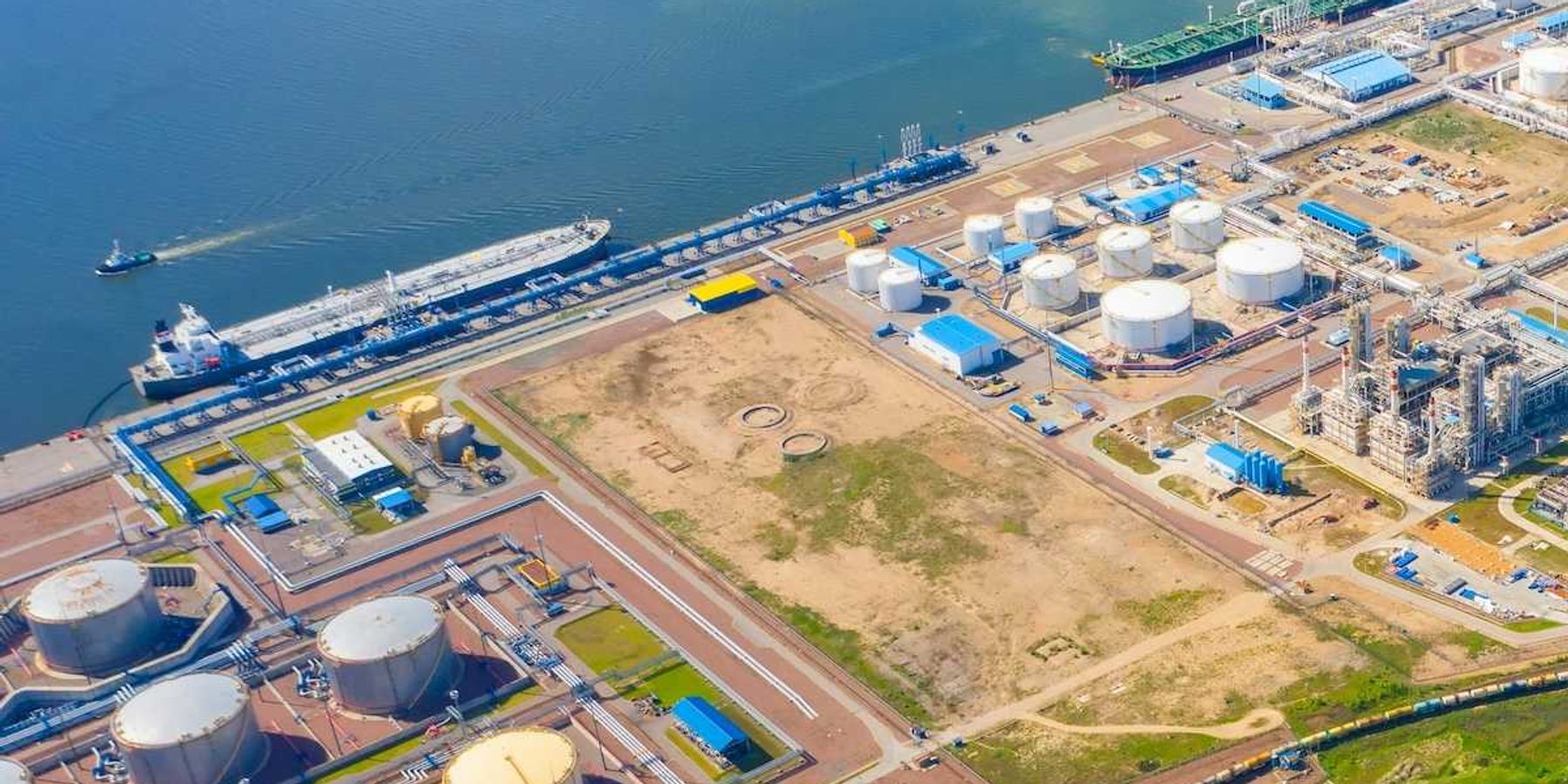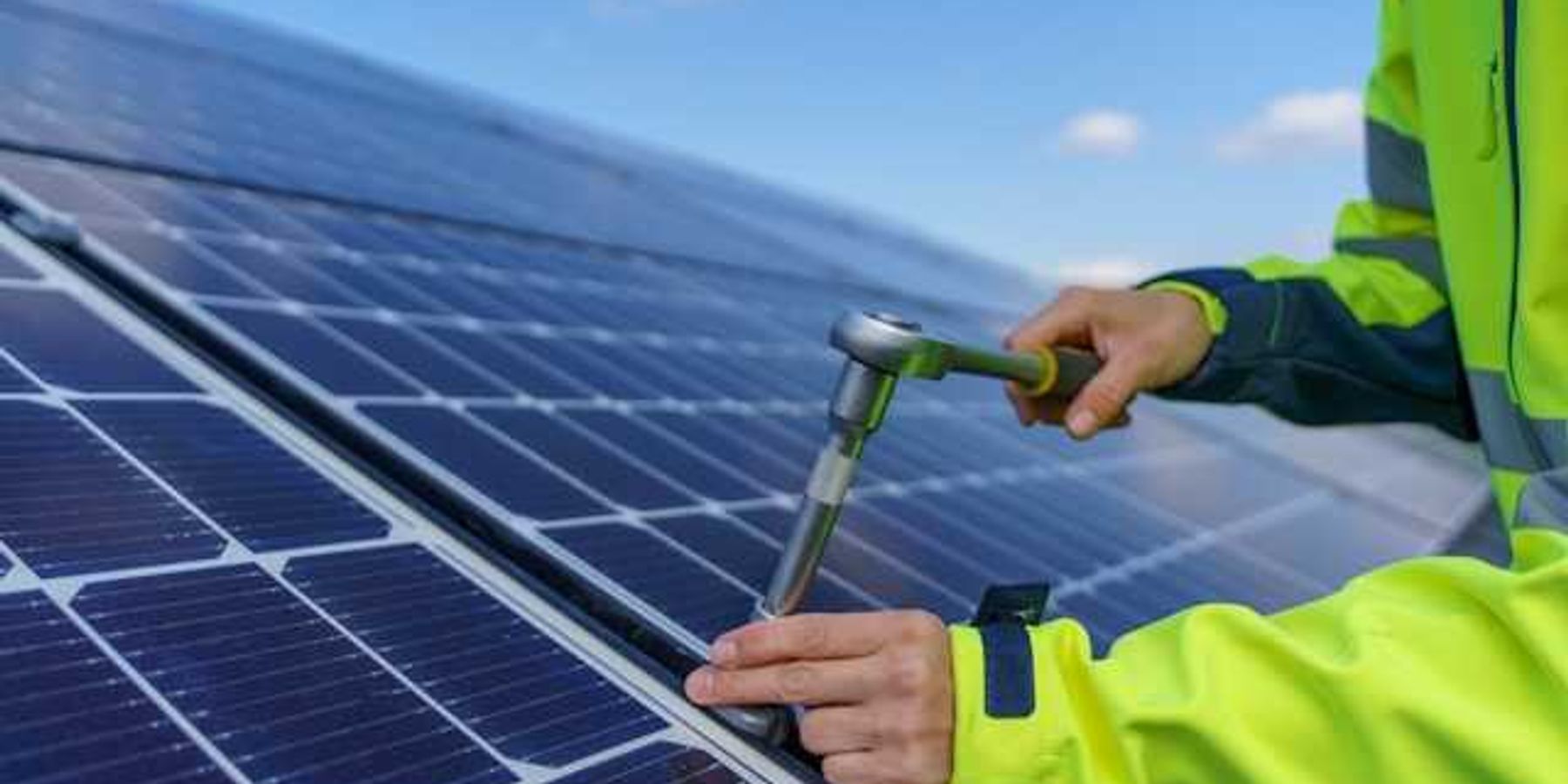
Op-ed: We don’t have time for another fossil fuel bridge
Those holding up carbon capture and hydrogen as new climate solutions are leading us down the wrong path.
In his 2014 State of the Union address, President Obama praised natural gas as "the bridge fuel that can power our economy with less of the carbon pollution that causes climate change."
Switching from coal to gas was a key pillar of Obama's Clean Power Plan to reduce climate emissions, which big environmental groups lined up to praise and fight for. We now know that methane, the primary component of natural gas, is a much more potent greenhouse gas than carbon dioxide. We know that gas plants are, at best, no more than a marginal improvement over coal. Today, wind and solar are the cheapest sources of new energy generation. The fight has largely shifted from coal to gas.
Some energy companies and utilities still hold up gas as a bridge to enable more renewables, filling in the gaps when the wind doesn't blow and the sun doesn't shine. Others – including the oil and gas industry, the Biden Administration, and, inexplicably, many big green groups – are laying the foundation for a new bridge, touting the climate benefits of two dubious strategies: carbon capture utilization and storage (CCUS) and hydrogen.
Related: Want more clean energy? Focus on people, not technology
Many of the voices holding up carbon capture and hydrogen as new climate solutions are the same voices that fought for the natural gas bridge a decade ago. And, once again, they're leading us down the wrong path, building a bridge to decades of additional emissions when we're rapidly running out of time to avoid the most dire impacts of climate change.
As the latest report from the Intergovernmental Panel on Climate Change (IPCC) made abundantly clear, we don't have time for another fossil fuel bridge.
The carbon capture boondoggle

Carbon sequestration research at the Idaho National Laboratory. (Credit: Idaho National Laboratory/flickr)
Carbon capture utilization and storage involves removing carbon dioxide (CO2) from the air, either at the source of production like a power plant or pulled directly from the air around us, and either using it for some other purpose or storing it underground, ideally forever. More than one watchdog group has described carbon capture as a boondoggle, and for good reason. The federal government has pumped billions into failed carbon capture projects, and the new infrastructure plan and reconciliation process is poised to inject tens of billions more.
One after another, these projects have experienced delays and cost overruns, missed emission-reduction targets, and ultimately failed. The few successful carbon capture projects still operating largely use captured carbon for enhanced oil recovery processes and get paid for the alleged climate benefit of burying CO2.
Carbon capture is an expensive and energy intensive process. Even when successful, carbon capture at power plants and industrial facilities will never eliminate all CO2 emissions released at the sites. Additionally, carbon capture does nothing to address the emission of harmful co-pollutants like nitrogen oxides (NOx) or upstream emissions due to methane leakage in the extraction and transportation of natural gas. In fact, because carbon capture requires more fossil fuels to generate the same amount of energy, it exacerbates both of these issues. Researchers at Cornell University and Stanford University found that producing hydrogen through carbon capture, generating so called "blue" hydrogen, would result in more greenhouse emissions than directly burning gas or coal for heat.
The utilization and storage components of carbon capture are also problematic. A recent study from the University of Michigan found that most uses of captured CO2 would result in a net climate burden, resulting in higher emissions than they would avoid. Permanent storage of CO2 has yet to be proven, with concerns that leakage could negate many of the purported climate benefits of the process.
Delaying climate change action via hydrogen
Hydrogen presents another emissions-laden path forward. Today, around 99 percent of hydrogen is produced through fossil fuel-intensive processes, resulting in grey hydrogen or, when paired with carbon capture, blue hydrogen. The only emissions-free way to generate hydrogen is through electrolysis of water powered directly by renewable energy.
The fossil fuel industry has been successful in its lobbying and marketing campaign to get blue hydrogen and green hydrogen bundled together under the moniker of "clean" hydrogen. The industry and its supporters advertise the benefits of green hydrogen, while planning to ramp up production of blue hydrogen as a cheaper near-term solution – using more gas and emitting more greenhouse gases along the way.
Concerns over blue hydrogen led Chris Jackson to step down as chair of the UK's leading hydrogen industry association, stating, "I believe passionately that I would be betraying future generations by remaining silent on that fact that blue hydrogen is at best an expensive distraction, and at worst a lock-in for continued fossil fuel use that guarantees we will fail to meet our decarbonisation goals."
Hydrogen is being sold to policymakers and the public as a solution to reduce the carbon footprint of hard-to-reach sectors, such as high-temperature industrial processes and marine transportation. But this is not what is happening in practice. Instead, utilities are rushing to blend low levels of hydrogen into natural gas pipelines, claiming a nominal reduction in carbon emissions as an excuse to keep building new pipelines and power plants and delay the electrification of areas we already know how to decarbonize, like heating and light transportation.
It's a classic bait and switch, delaying climate action and locking in decades of additional greenhouse gas emissions and continued air pollution.
Deep decarbonization will come from renewables
The best climate strategy we have is to fully commit to the rapid scale-up of solutions that we already know will work - solar, wind, hydro, geothermal, battery storage, energy efficiency, demand management. We already have the tools to realize deep decarbonization. It is not the time to dump billions of dollars into another fossil fuel bridge to nowhere.
Carbon capture utilization and storage and hydrogen are not the technologies we need today or tomorrow. If anything, they should be end-of-the line solutions when all other options have been exhausted. They should only be a bridge of last resort.
Seth Mullendore is vice president and project director for Clean Energy Group where he leads projects ranging from advancing customer-sited solar and battery storage in underserved communities to the replacement of power plants with clean technologies.
Banner photo: Advanced Carbon Capture Technology facilities (PACT), in Beighton, Yorkshire. (Credit: Department of Energy and Climate Change)













